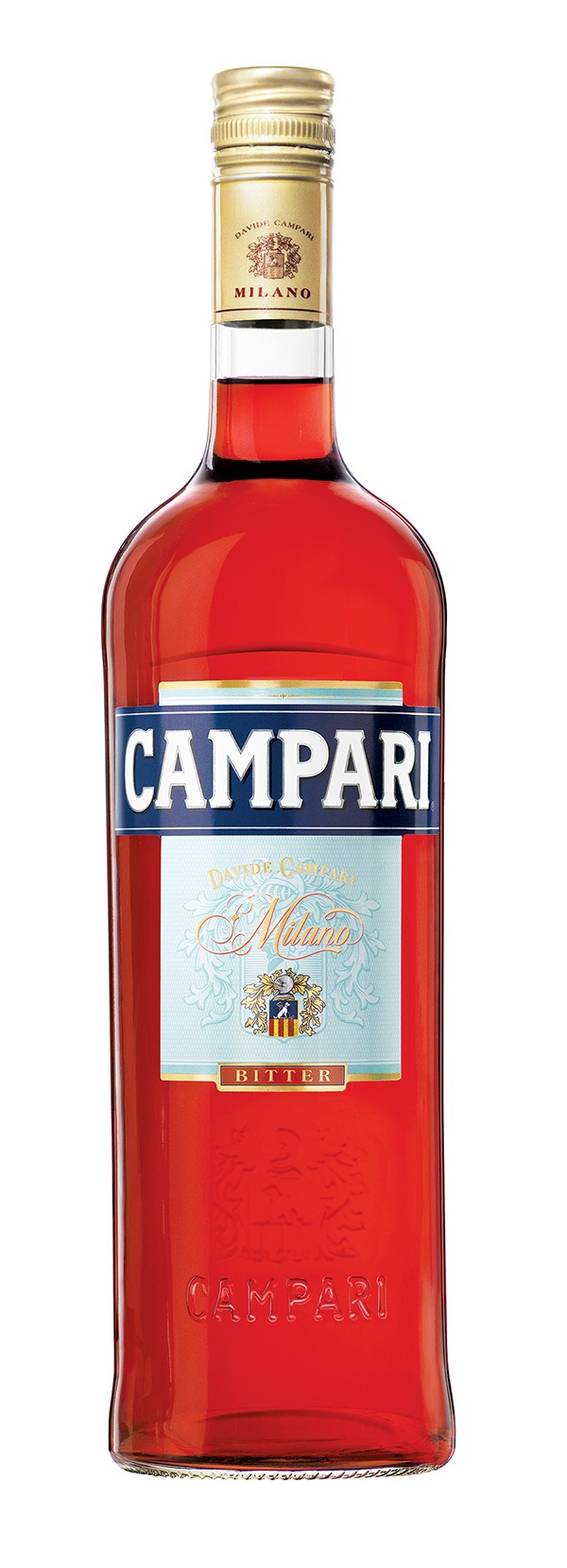A few weeks ago, I was at a friend’s house, catching up on episodes of Feud and snacking accordingly. I’d brought over a bottle of Prosecco, and after we each poured a glass, I asked for a butter knife and dropped the handle into the neck of the bottle before putting it into the fridge for safe-keeping. Said friend asked aloud what I was doing, and I was surprised, because I thought I’d learned the trick from her — or maybe I learned it from Karen Carrier or Dana Baldwin, when I was pinch-hitting on the catering team at Another Roadside Attraction. Or maybe I learned it from another friend — but I thought that by now, everyone knew that putting a metal utensil into an opened bottle of bubbly preserved the fizz for a day or two.
Some googling reveals that Lifehacker did a piece on this, and according to their post, the utensil acts as a radiator, cooling the air inside the neck of the opened bottle. Cold air is denser than warm air, which means that the bubbles are “plugged” into the aerated wine and cannot escape as quickly as they would otherwise. The utensil doesn’t even have to touch the wine. According to online reports, an upside-down spoon works fine, although I’ve always used a butter knife, making sure that the neck of the bottle is small enough that I don’t lose the knife inside the bottle.

Bubbly booze that won’t break the bank
Try it next time — if you actually have any leftover bubbly. Prosecco is a great go-to for this time of year, appropriate for dinner parties even if you don’t have something big to celebrate. And Prosecco is affordable. I’d pass on Cupcake, which is a bargain at approximately $12 a bottle but too dry for me, and look for the fruity Menage a Trois or the crisp Zardetto, both of which are universally available for under $15 per bottle. My current favorite, La Marca, has a citrus zing that provides the perfect accompaniment to grilled fish or chicken.
Prosecco’s roots trace back to the ancient Romans. Naturalist and philosopher-turned-naval-commander Pliny the Elder made note of it, and Livia, the wife of the emperor Augustus and grandmother of Claudius, cited the “castellum nobile vinum Pucinu” for its healing qualities. In 1593, an English traveler named Fynes Moryson wrote, upon visiting the northern region of Italy, “Here growes the wine Pucinum, now called Prosecho, much celebrated by Pliny.” Today, the wine is one of the cheapest sparkling wines on the market, largely due to the production process: Prosecco’s secondary fermentation occurs en masse in stainless steel tanks, while the second part of the fermentation process for Champagne occurs after the wine is already bottled.
Cava is another bargain substitute for Champagne. The Spanish wine, a specialty of the Catalan region, comes in both white and rosé varieties and ages between five and 30 months before it hits the market. Try the Freixenet Cordon Negro Brut, which, like the Zardetto Prosecco, has bright citrus notes and sells for around $12. Another good small-batch cava brand, Poema, is stocked all over town and sells for between $11 and $14 per bottle.
Stock up on either Prosecco or cava, and consider using them as a mixer. Substituting Prosecco for Champagne makes either a Bellini or mimosa an affordable luxury for every weekend. Try the Latin Kitchen’s variation on a classic Champagne cocktail, which combines ⅓ ounce of Gold Rum, 3 ounces of Brut Cava, a sugar cube, and two dashes of angostura bitters to create a strong but sweet drink.
